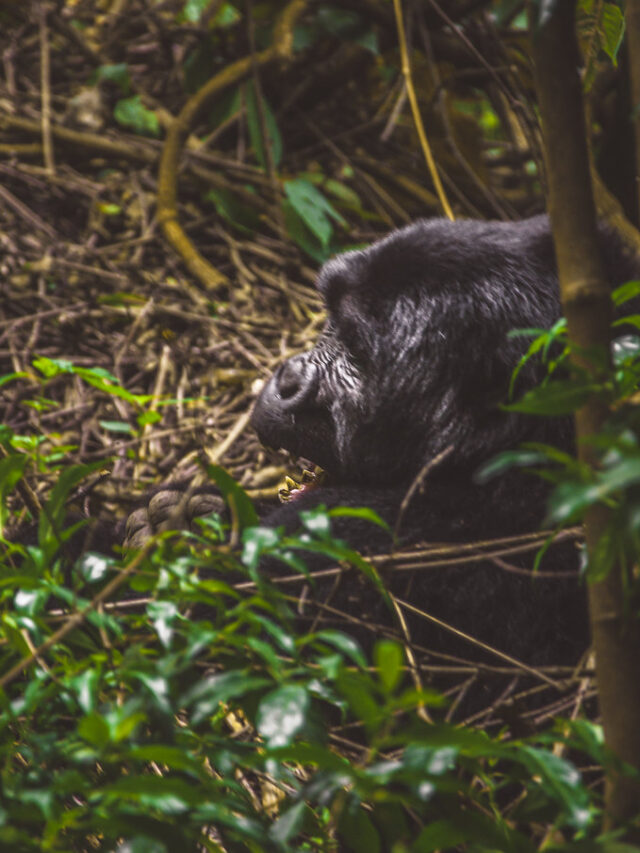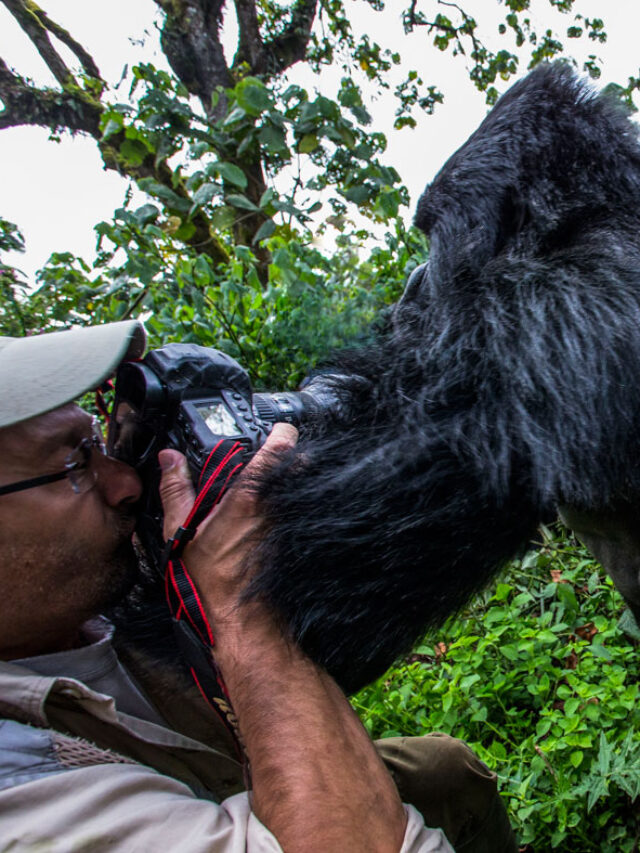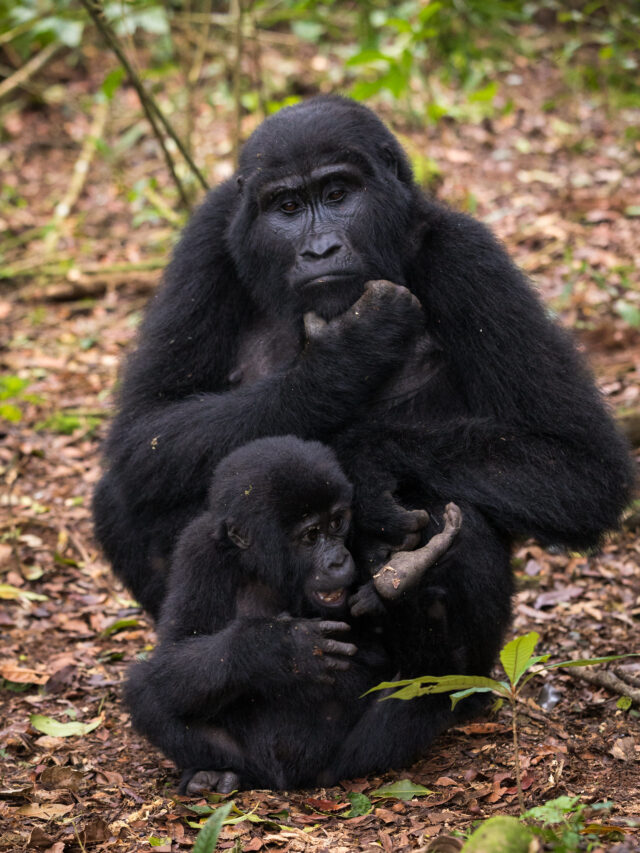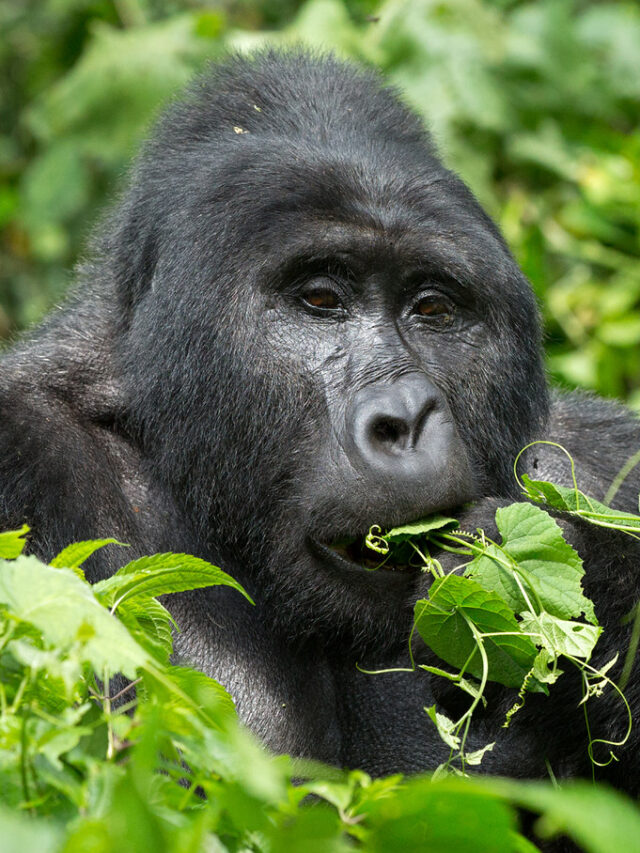Pian Upe Wildlife Reserve: Uganda’s Great Eastern Secret of Untamed Beauty
A Lost Eden in Uganda’s Karamoja Region
Tucked away in the remote eastern highlands of Uganda lies one of the country’s best-kept safari secrets—Pian Upe Wildlife Reserve. Vast, raw, and hauntingly beautiful, this reserve spans over 2,043 square kilometers, making it the second-largest protected area in Uganda after Murchison Falls National Park. Despite its size and ecological significance, Pian Upe remains largely unexplored and gloriously wild, promising solitude and an authentic wilderness experience that few places in Africa still offer.
Situated between Mount Elgon to the south and the Matheniko reserve to the north, Pian Upe is a core component of the Karamoja Conservation Area, a region known for its dramatic landscapes, dry grasslands, and resilient wildlife. With its sweeping savannahs, scattered rocky outcrops, and golden plains that stretch endlessly toward the horizon, Pian Upe feels almost like stepping back into prehistoric Africa—a place where wildlife roams free and time seems to slow.
The Wild Inhabitants of Pian Upe’s Untamed Lands
What makes Pian Upe remarkable isn’t just its size, but its impressive diversity of species that have adapted to its semi-arid environment. Here, you’ll find animals that are rare or even absent in the rest of Uganda. Sightings of cheetahs, once thought to be locally extinct, have been confirmed in recent years, making Pian Upe one of the only places in Uganda where these sleek predators still roam.
Large herbivores including eland, Jackson’s hartebeest, Uganda kob, and Burchell’s zebra graze across the plains, while topis, defassa waterbucks, and bushbucks are commonly spotted along riverine stretches and lowlands. The towering roan antelope, a species once near vanishing in Uganda, can also be found here, adding to the reserve’s biodiversity significance.
Predators such as leopards, spotted hyenas, and occasionally lions patrol the reserve, though they are more elusive due to the reserve’s size and vegetation. Bird enthusiasts will be captivated by Pian Upe’s avian richness—over 250 bird species have been recorded here, including secretary birds, ostriches, karamoja apalis, and Abyssinian ground hornbills that echo through the landscape with their haunting calls.
A Place of Survival, Culture, and Deep Ecological Importance
Pian Upe is not just a wildlife sanctuary—it is a living ecosystem shared with pastoralist communities, particularly the Pian and Upe clans from whom the reserve gets its name. These communities have lived in harmony with the land for generations, surviving harsh climates and sustaining traditions rooted deeply in the rhythms of nature.
But this balance is delicate. For years, Pian Upe faced threats from poaching, illegal grazing, and encroachment, especially during periods of insecurity in the Karamoja sub-region. Thanks to renewed conservation efforts by the Uganda Wildlife Authority and partnerships with NGOs and local leaders, the reserve is now under revitalization. Conservation patrols, ranger training, and increasing awareness are helping to restore wildlife populations and protect the natural corridors that connect Pian Upe with other reserves like Matheniko and Bokora.
What makes Pian Upe ecologically essential is its role as a buffer zone and migration corridor, forming a vital bridge between various ecosystems in northeastern Uganda. It supports species movement, genetic diversity, and landscape-level conservation strategies in the greater Karamoja landscape.
The Journey to Uganda’s Last Great Wilderness
Reaching Pian Upe is an adventure in itself. The reserve lies about 8 hours’ drive from Kampala, most directly accessed via the Mbale–Moroto road. While the journey may be long and the roads rugged in parts, the reward is complete immersion in a land that remains untouched by the pressures of mass tourism.
Those who visit Pian Upe often do so for its authenticity, its sense of isolation, and the thrill of discovery. Whether it’s tracking cheetahs across sun-baked plains, watching zebras gallop in the golden light, or camping under starlit skies with only the crackle of a fire and the distant call of a hyena—this is where raw Africa reveals itself.
Accommodations in Pian Upe are still limited, ranging from basic bandas near the game reserve headquarters to mobile camps for more immersive experiences. However, the lack of luxury is part of the charm. Pian Upe is for those who want to disconnect from the world and reconnect with nature in its most honest form.
The Future of Pian Upe: Conservation with Promise
There is growing optimism for Pian Upe’s future. As Uganda positions itself as a leader in sustainable tourism, areas like Pian Upe present enormous potential—not only for expanding tourism beyond the traditional gorilla and Big Five experiences but also for supporting conservation through low-impact, high-value eco-tourism.
The reserve’s vastness allows for visionary projects in community-based tourism, scientific research, and wildlife rehabilitation, while its unique ecosystem supports long-term conservation goals for Uganda and the entire East African region.
For now, Pian Upe remains one of Africa’s most authentic wilderness destinations. It whispers to the soul of every explorer seeking something rare, unspoiled, and deeply moving. In this golden land where cheetahs prowl, antelope graze freely, and communities thrive amidst adversity, Pian Upe stands as a testament to the enduring spirit of Uganda’s wild heart.











